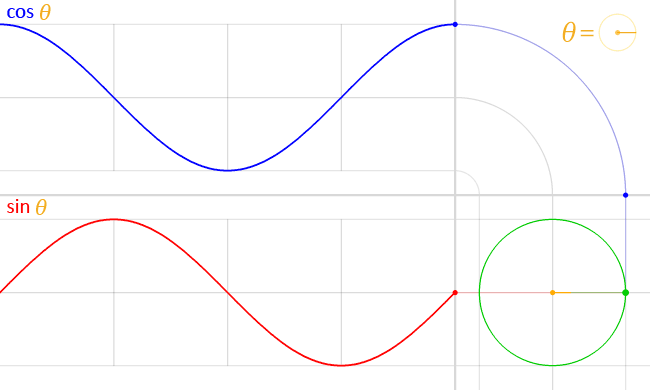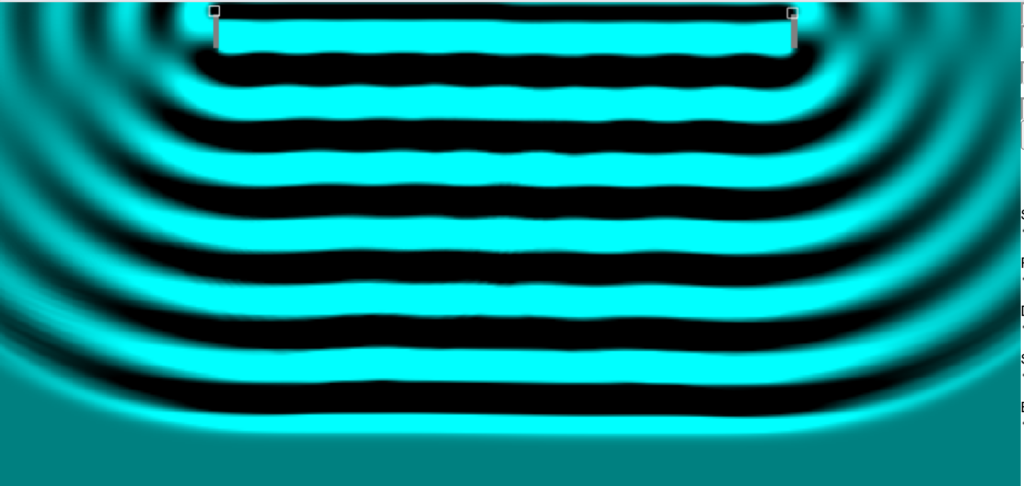This platform – invented by the guy who started Twitter, then refused to moderate it properly and eventually forced the sale to Musk after Musk wanted to back out- sorry, where was I?
Bluesky has a single point of failure. They could decide to sell it to Musk too. Or to Meta. Or to Google. Or to Amazon, or to whoever. It’s backed by capital, so it’s for sale.
To prevent this, there’s a group of people trying to build a “spare” server so Bluesky users can easily hop between them when the main Bluesky stops being in the fun early phases of trying to build up a user base and moves on phase 2 where it tryies to wring data and profit out of everyone. The people making the spare estimate that their server will cost $30 million USD and take three years to set up. That’s apparently not counting running costs after those three years are up. Which may be a moot point, as currently, this is also not technically possible. It requires the capital-backed team at Bluesky to build the tools to make this possible.
And if the hypothetical $30 million dollar spare server also gets caught up in US politics, what then? Do they need to raise another $30 million?
By contrast, a small mastodon (or other fediverse) server can go up in an afternoon and be run for a few dollars a month. Nobody quite knows how many are running right now- it’s in the thousands. Some only have one user. Some have hundreds.
The social media project with thousands of people working independently as part of a loose movement is harder to capture than a centralised, expensive project. It’s not just run by one or two teams. It’s not in one or two countries.
I know your friends are on Bluesky. . . . Like they are on facebook and were on twitter and were on myspace. . ..
Part of the reason people like the fediverse is that it’s really very easy to move between instances. If queer.party turns out too be too unserious, I can go to scholar.social and keep my contacts. I would argue that this is better than herding ourselves into yet another walled garden that cages us. To another billionaire who turns fascist.
You can be on many websites at a time and you don’t have to choose – it’s possible to have both kinds of account. I’m just kind of tired of being caught in traps again and again and again.








